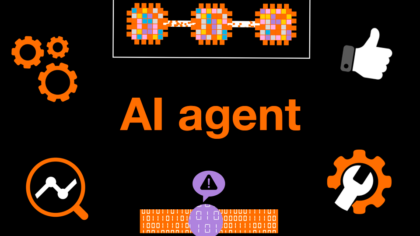The perilous charms of relational AIs
● Certain AI systems are designed to interact with people in a manner that mimics the language of human attachment. Their capacity to trigger deep-seated psychological mechanisms is potentially dangerous.
● Their growing realism can lead to forms of dependency, leave users vulnerable to manipulation and reduce their interest in real-world romantic relationships.
● The mental health risks involved in AI companionship will need to be addressed by technical and legal safeguards.
Read the article
● Their growing realism can lead to forms of dependency, leave users vulnerable to manipulation and reduce their interest in real-world romantic relationships.
● The mental health risks involved in AI companionship will need to be addressed by technical and legal safeguards.




A lexicon of artificial intelligence: understanding different AIs and their uses
Read the article
Protection against quantum computing threats now within grasp for companies and institutions
Read the article

